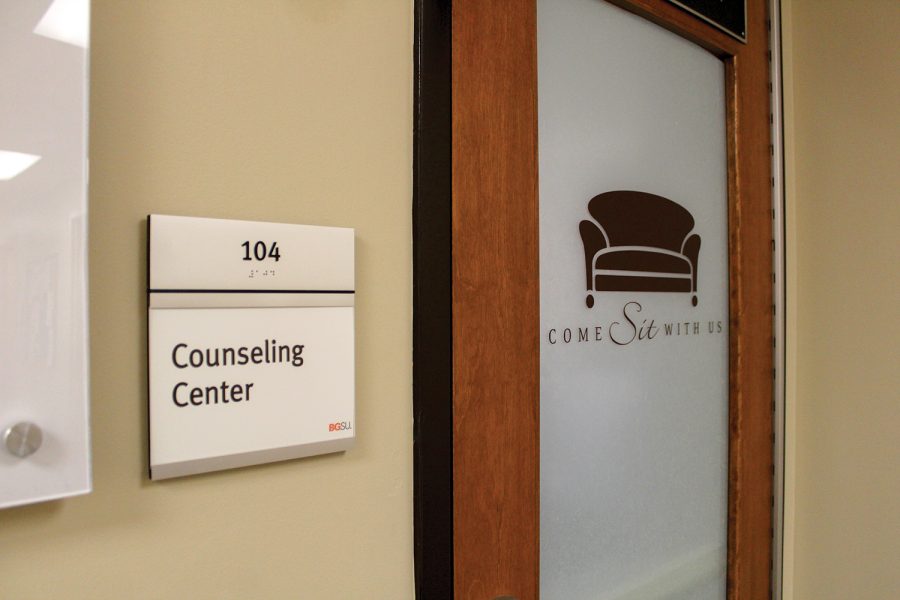Yesterday the Ohio Board of Regents, along with 13 college sites in Ohio, including the University, met by video conference for the first of its new quarterly meetings to discuss key developments and future goals for higher education.
Chancellor Eric Fingerhut of the Ohio Board of Regents is advocating for an improved standard and the creation of an ongoing way to work together as extensions of higher education.
While the state has already introduced a two-year tuition freeze and seen an increase in enrollment, it still plans on meeting the people’s needs by improving the accessibility and quality of higher education.
One of the biggest ideas being offered by Fingerhut is a 10-year plan.
In it, the goals of the state include an increase enrollment of 230,000 additional students from 2007, 20 percent higher graduation rates, easier affordability for all students, gaining investment dollars for research from the federal government and promoting higher education.
Ohio is also improving its scholarships by introducing two new grant programs.
The Choose Ohio First Scholarship gives $50 million for students in stem areas of education to encourage students moving from community colleges to universities.
The Ohio Research Scholars Program will take their original $50 million fund and turn it into $150 million to invest in research to help universities and economics strive.
The other big plan the Ohio Board of Regents is introducing is the designation of the University System of Ohio.
This will be an opportunity for individuals related in any way to universities and colleges to work together with one another.
Some people are concerned by the possibility that this might lessen the uniqueness of individual institutions.
University Board of Trustee member Frank Voll wants the University to retain its own autonomy from the rest of the Ohio higher education system.
“I’m more interested in being a Falcon than a Buckeye,” Voll said, referring to the ability of the University to make its own decisions.
While the Choose Ohio First Scholarships deal primarily with community college students transferring to larger universities, students are upset because their credits are not transferable to these schools, making them pay money for courses previously taken.
One of the main points of the 10-year plan is to have more credits transfer to universities by establishing a system of how credits transfer from one school to another.
The other main points in the plan deal with more private and public funding and creating and improving centers of excellence that have national and international rank throughout the country.
By having more money and well-renowned classes, higher enrollment is likely to occur, resulting in fulfilling one of the goals of the plan.
President of the Inter-University Council Bruce Johnson also knows that with these goals and plans, only positive aspects can come out of higher education.
“People’s future is better as the education is higher,” Johnson said.
This meeting was unique because it was the first broadcast through video, transmitting it throughout Ohio.
In the past, meetings once a year would be held in Columbus.
With video conferences being introduced, these once-a-year meetings will still be held, but there will also be an additional four meetings.
Through the new technology, it will be much more convenient for members to communicate their ideas.
As an added bonus, the members will not have to travel as for to attend meetings.
City Editor Tim Sampson contributed reporting to this story.







